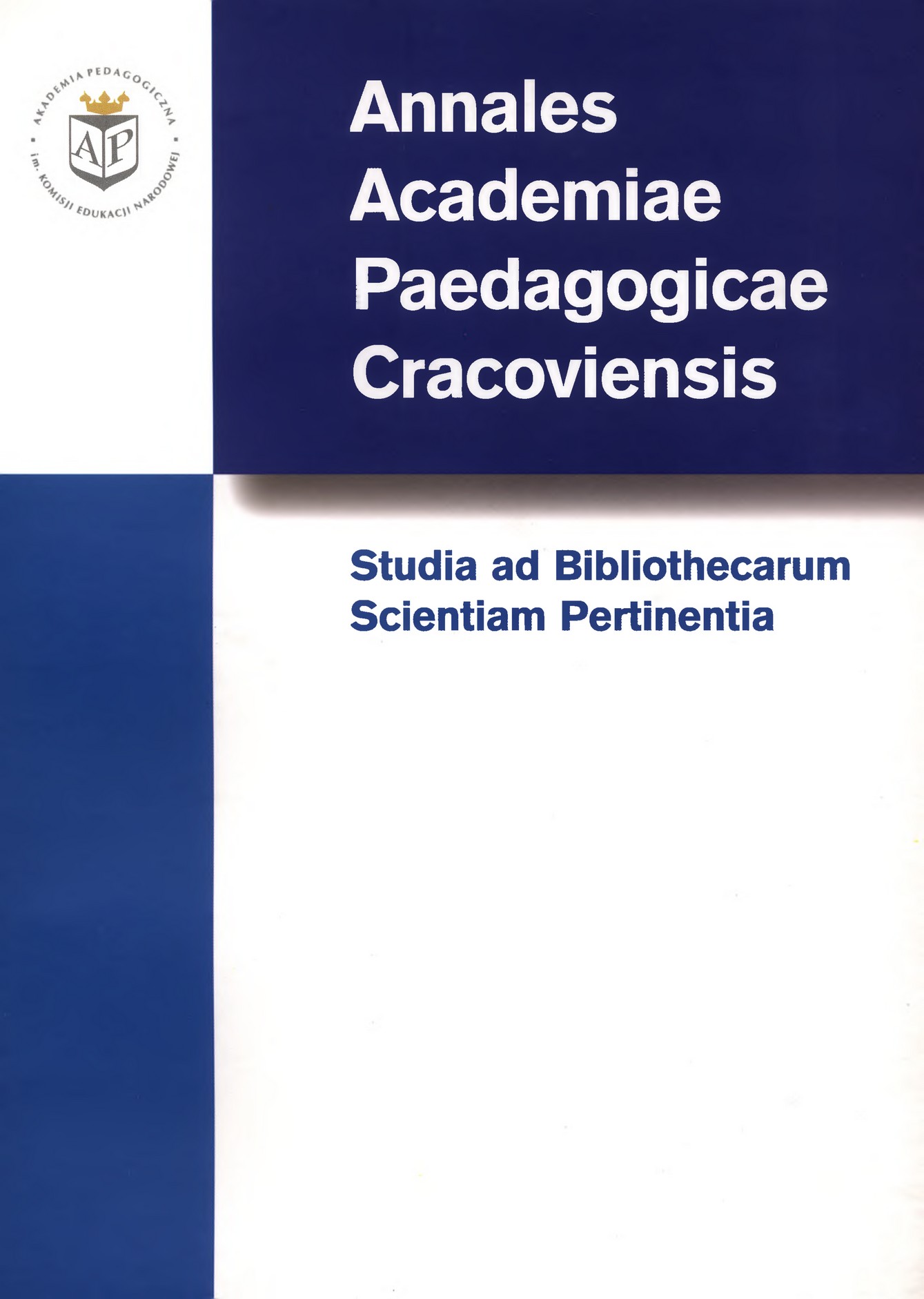Projektowanie szkolnych centrów informacyjno-dydaktycznych dla potrzeb programu Interkl@sa
Keywords:
biblioteki szkolne, organizacja, Interkl@saAbstract
[School Library Media Centres as Part of the Interkl@sa Project ]Since the very beginning of the educational reform in Poland, the Polish Ministry for Na-tional Education, Parliamentary Commission for National Education, various NGO’s and companies working in the field of education and information technology have been promoting a project known as Interkl@sa [Interclass]. The project has been initiated by Grażyniszewska, Member of the Polish Parliament. One of its objectives is to introduce informa-tion technology to all educational activities at schools. Students should develop praskills and learn how to collect, process and use information. Thus, the project has been cre-ated in order to prepare children for independent life in the age of information; it promotes schools which transform into centres for implementing the idea of the information Society. The integral part of the project is to promote the so-called didactic information or media centres in Polish schools. The term media centre was used for the first time in the USA in 1969 to describe the modern school library defined as ‘the centre for studying at school, providing students and teachers with the full range of printed and audiovisual materials, the necessary equipment and services provided by librarians and media specialists’. Many models of such centres have been created. In one of the first models, let us call it the Information Centre, the main emphasis is put on enriching the collections of books with multimedia materials and educational software, which - just like books and other educational media collected in the school library - can be borrowed out or used in the reading-room or the computer-room. The second model, the Centre for Computerised Information, prefers to base the activities of the liel fulfils the expectations of the teachers who are starting to use information technologyin the classroom. The third model, the so-called Didactic Information Centre, is the most useful for the programme of general education. Such a centre has a planned ctic objectives of the school; its workers are obliged to run systematic training sessions, not only for students.
Downloads
Published
2003-03-31
How to Cite
Batorowska, H. (2003). Projektowanie szkolnych centrów informacyjno-dydaktycznych dla potrzeb programu Interkl@sa. AUPC Studia Ad Bibliothecarum Scientiam Pertinentia, 2, 77–104. Retrieved from https://sbsp.uken.krakow.pl/article/view/1032
Issue
Section
Artykuły / Articles

